A fly, any fly, has certain aspects that make it a successful tempter of fish. A dry fly is no different, and when I find one that works I hate running out of them. Here’s a rainy day’s worth of tying two colors of Double Wings. And no, I’m not a professional fly tyer, just one with a certain amount of OCD, I think.
So far this series has looked at what a trout sees and how it affects its behavior vis a vis surface feeding. Now we’ll move on to what it sees in that regard.
Dry fly is the term we use for floating fly. There’s actually a very good reason for this name, especially in counterpoint to the wet fly. As we go through this post that reasoning will become clear.
How Dry Flies Float
Things float on water because of two phenomena - buoyancy and surface tension. Let’s look at surface tension, mainly because for most fly fishing this is the more important one. A substance is made up of a collection of molecules. These molecules have a tendency to impart an attractive force on other molecules. There is an attractive force within like molecules that make up the substance, and between the molecules in that substance and other things it comes in touch with. Take a drop of water resting on some surface. The water molecules are attracted to each other (this is called cohesion) and to the molecules in the other substance (this is called adhesion) When the cohesive forces are stronger we get beading (the water drop holds to itself) and when the adhesive forces are stronger we get smearing or wetting (the force attracting the water to the other object is stronger. You can see that difference between a freshly waxed (R) and unwaxed car (L).
When you look at those drops of water you have water molecules sticking strongly to each other. And of course since the surface of the water bead is made of the same water molecules they stick to each other too (red arrows in the picture below).
That is called surface tension. You have to either produce enough force to puncture that bond, or provide a substance where the adhesive force with water is higher, so instead of sticking to each other the water molecules try stick to the other thing. An old demonstration in high school physics was to show a paperclip floating on water, held up by the surface tension.
Note how the paperclip creates an umbra and bright spots on the bottom of the teacup. Now look at what a mayfly produces.
What actually happens is that the weight of the paperclip tends to distort the surface, and also the cohesive force of the water is larger than its adhesive force to the clip, or the mayfly. This causes the water to “bead” up around the paperclip.
You can see a similar effect around the mayfly. The same thing happens to a dry fly.
So surface tension is one way a fly floats on water. In fact for the most part this is the primary mode of flotation for most dry flies. The other mode is buoyancy. But there is a trick to buoyancy and how it does and does not affect dry flies. Buoyancy is expressed in physics by something called the Archimedes Principle, based on the story of Archimedes and the kings crown, and “Eureka.” When you place a body in a fluid, that body displaces some of the fluid. After all both the fluid and the body can’t occupy the same space. When that happens the body feels an upward (or buoyant) force that is the difference between its own weight and the weight of fluid it displaced.
Consider the balsa wood and water thing shown below:
The balsa wood will displace 15 gms of water, at which point the weight of the water displaced and the weight of the balsa block will be the same and it will float. For that to happen the volume of water displaced will be 15 cc. Which means the balsa wood will sink 15% into the water. The other 85% will be above water. If instead of balsa we had lead with a density of 11.35 gm/cc a 100 cc block of lead would weigh 1135 gms. But it would only displace 100 cc of water which would be 100 gms, way less than the weight of lead, which would sink like, well, lead. The key thing to remember though is that in order to float by buoyancy some part of the fly must sink. So when you have a fly meant to float by buoyancy some part of that fly must sink. That holds for foam flies like the Chernobyl series, or spun deer hair flies such as the Irresistible or the Goddard caddis or a fly with a layered deer hair body like the Humpy. There is a thing
about deer hair I’ll talk about in just a bit.
Surface Tension Floaters
Surface tension floaters make up, by far, the vast majority of dry flies used in the world. And for good reason - they actually have more of what it takes in representing three out of the four major groups of aquatic insects trout feed on at the surface:mayflies, caddisflies, and various diptera. In the case of the fourth, stoneflies, the presence of most stoneflies is actually akin to that of terrestrials, and terrestrials aren’t designed for aquatic environments, so they’re a mixed bag.
If you look at the first three categories you have insects that are available to the trout in three stages - the emerging insect, the hatched insect, and the insect spent after egg laying. Most stoneflies crawl out of the water to hatch, so they aren’t available as hatching insects to the trout. They only end up on the water surface before any egg laying activity by accident - just like terrestrials and after egg laying they do sometimes fall spent on the water, but often survive several days and dis elsewhere.
Mayfly duns (the hatchlings) ride entirely above the surface once they’ve hatched.
Their bodies ride touching the surface for the most part and their legs are on the surface creating the characteristic lenses. The spent versions too lie flat on the surface.
The same thing holds for caddis with one other point of note.
The two pictures on the right of the collection above show how the rear edges of the wings of an adult caddis droop below the body. When a caddis is on the water the edges of those wings touch the surface of the water. In his excellent book “Caddisflies” Gary LaFontaine talks about that edge of the wing and how it has an impact on both freshly hatched and spent caddis lying on the water surface.
LaFontaine also discusses his observations of a caddis from underwater and how it too shows a view to the trout that is similar to what we have discussed with respect to mayflies.
So do midges.
I’ll talk about emergers in the next post, but the gist of this bit is that aquatic insects are most often visible on the surface riding the surface supported by surface tension and creating these little indentations in the surface that act as lenses making distinct pinpoints of light. Those points of light are often the first things a fish sees. It also explains why hackled flies are so successful. In fact a look at that midge should provide a clue as to why a Griffith’s Gnat is such a successful midge pattern.
I’m not discussing fly patterns per se´ in this post, but rather the impression caused by these patterns. The key to all of these pictures we’ve looked at, and the reader can go search a lot more, is that the naturals show two things - their bodies do tend to rest on the surface and the legs and bodies form lenses on the surface that seem to show characteristic pinpoints of light. While the presence of those points may or may not be a trigger, it probably does attract a fish’s attention. This is probably why so many anglers get marginally improved success by adding a bit of twinkle to their dry flies.
This whole lengthy expose´ has been aimed at one little thing - and it goes to the name of this category of fly - dry fly. That’s part of your secret to success. These flies are being held up on the surface because they offer a situation where the adhesive force between the fly and the water is less than the cohesive force of the water. That’s like the paperclip floating on the water. The instant the body of the fly gets wet the cohesive force now applies to the water and the fly. Not only will the fly break the surface, but you will no longer get those marvelous little twinkles of light. So the first point is keep your dry fly dry. When fishing from a boat I standardly rig up 4-6 rods with the dries I’m using, switching off after each fish and letting the other flies dry.
When wade fishing I’ll dry the fly out after every fish or every few casts. The next secret to keeping things rolling is the floatant. It acts like the wax on a car. What it does is reduce the adhesive force between the water and the material used on the fly. That is what gives us those nice little bulges on the surface and keeps the fly held up by surface tension. But you need a floatant that actually does that. My father used to use a thing called Mucilin which was just a compound of paraffin wax - the same stuff used in car waxes. The greasy stuff you get in bottles works the same way. That powdery stuff that is sold as a fly drying thing but some people think acts like a floatant is doing you no favors at all. Not as a floatant, though it does have a place in your armory if used properly.
These things consist of a mix of silica gel and fumed silica. The fumed silica allegedly provides the water proofing while the silica gel provides the drying action. The problem with silica gel is that it absorbs water and any of it left on your fly is detrimental to the fly’s ability to hold off water. A better trick is to use some rigorous false casting as a preliminary drying technique then put it into a pill bottle with holes in the lid and some of those silica gel inserts you find in a bunch of things such as vitamin or other medicine bottles, etc.
The aim is to fish with dry and well greased flies as long as one possibly can. Of course if you show up on the stream with 2 of each kind of fly you’ll have an issue, which is why I always have boxes full of them.
Buoyancy Floaters
Buoyancy floaters do so by displacing water. Which means, by definition, that at least some part of the fly must be below the surface. That’s fine for flies like terrestrials and others that aren’t meant to take off. But they will not present the correct trigger points for other flies.
I don’t believe that trout dismiss flies because they look wrong, so much as not take them if they don’t look right. There’s more than a semantic difference there. If trout were to reject a fly because it didn’t look right they would never take a fly. I read all this claptrap about invisibility of fluorocarbon tippets and such and leaving aside the whole refractive index argument I’m surprised about about these same folk accepting that a trout completely ignores the bare hook or the hook eye the allegedly invisible tippet is tied to. Or the fact that a supposedly selective trout will eat a comparadun with a deer hair wing. But……
The thing with bouyancy floaters is that they float partially submerged. That takes away the lens and leg stippling so important to triggering a rise. So we look for some other rise stimulant, whether it’s the splat of a beetle or hopper type pattern. or the wiggly legs of some of the rubber legged patterns or just the curiosity duo to the bulk of one of the Chernobyl patterns. If you believe that darned thing looks like an ant then we really should talk about this waterfront property I have for sale.
It is also important to remember that allegedly buoyant materials not in touch with the water don’t contribute to the buoyancy beyond reducing the over all weight of the fly. A bulky elk hair wing doesn’t add anything to the buoyancy of a humpy. They may offer other clues to the trout but not buoyancy.
Now for the promised discussion about deer hair. While we look at deer hair as a buoyant fly tying material it’s actually a tricky material with respect to buoyancy. The stuff that makes up deer hair for the most part, keratin, is denser than water. Deer, antelope, and elk hair gets its buoyancy because of the hollow cellular structure. However the hollow structure is greatest at the base and reduces gretaly as you move towards the tip. Some part of the tip is actually denser than water. STuff you use to tie things like comparaduns and elk hair caddis is typically denser than water and they flotation of those flies comes from surface tension. At their base regions the hair are indeed buoyant but with various and sundry caveats. The first is that not all deer hair has purely independent cells. Some of them are actually interconnected or relatively large. These will hold water and eventually get water logged. Second, a lot of the
Natural waterproofing of deer hair is lost either through the processing of the hair before it gets to you, or mechanically during the process of fly tying. This then lets the hair start absorbing water. Lastly the hair will collect water inside the spun deer hair mass through capillary action. That sicks the water down towards the inner, tighter layers, again causing water logging. The result is that the fly will, over time, start sinking lower and lower into the water. And it’s extremely difficult to shake that water off. I love fishing the Letort Hopper. It gives a satisfying plop, the deerhair skirt gives the surface lens I’m looking for in a hopper and lets it shuffle nicely. But they do get water logged, necessitating a box like this (and this needs filling before summer)
Triggers
As we had discussed in earlier parts the trout sees something that looks like food. It then has to intercept that food. In order to do that the trout must see that food item early enough as the item approaches the trout for it to be able to get the item.There have to be some indications that this item is food, or some trigger that gets the trout to react.
A surface tension buoyed fly seems to do this visually. There’s the aspect of the fly as the trout looks at it, there’s the fact that the depressions in the surface film make the fly appear sooner giving the trout an extended intercept window and the fact that a large share of the trout’s surface diet floats that way.
Bulkier flies that rely on the buoyancy often provides the trigger due to the plop it makes when it hits the water. That’s something that does attract a trout’s attention and when the plop is accompanied by something that looks like and ant, a beetly or a hopper, you could get a strike.
But the bulk of the fly’s attractive power resides in triggering a trout’s interest. A Griffith’s Gnat tells you that, so does a Renegade even though people will fish both to fish rising to midges or Tricos. It is then no longer a question of selectivity, but rather one of triggers. I’ll fish the Pennsylvania limestoners during a Trico hatch with either of those two flies. These are supposed to be ultra-selective trout. These flies work just fine for them. A fish that eats one of those because it looks like one of the other isn’t particularly selective.
Yet that’s exactly what these fish rising here will do. (Zoom in and you’ll the the Tricos swarming)
This is a subject I could write a book on, but my hope here is to just get the reader thinking. What do I need to do to get a fish to start taking my fly.
The next part will talk about how exactly I think we do what we’ve discussed in the patterns we use. What works for me, what doesn’t, and how I use that to inform the patterns I use.






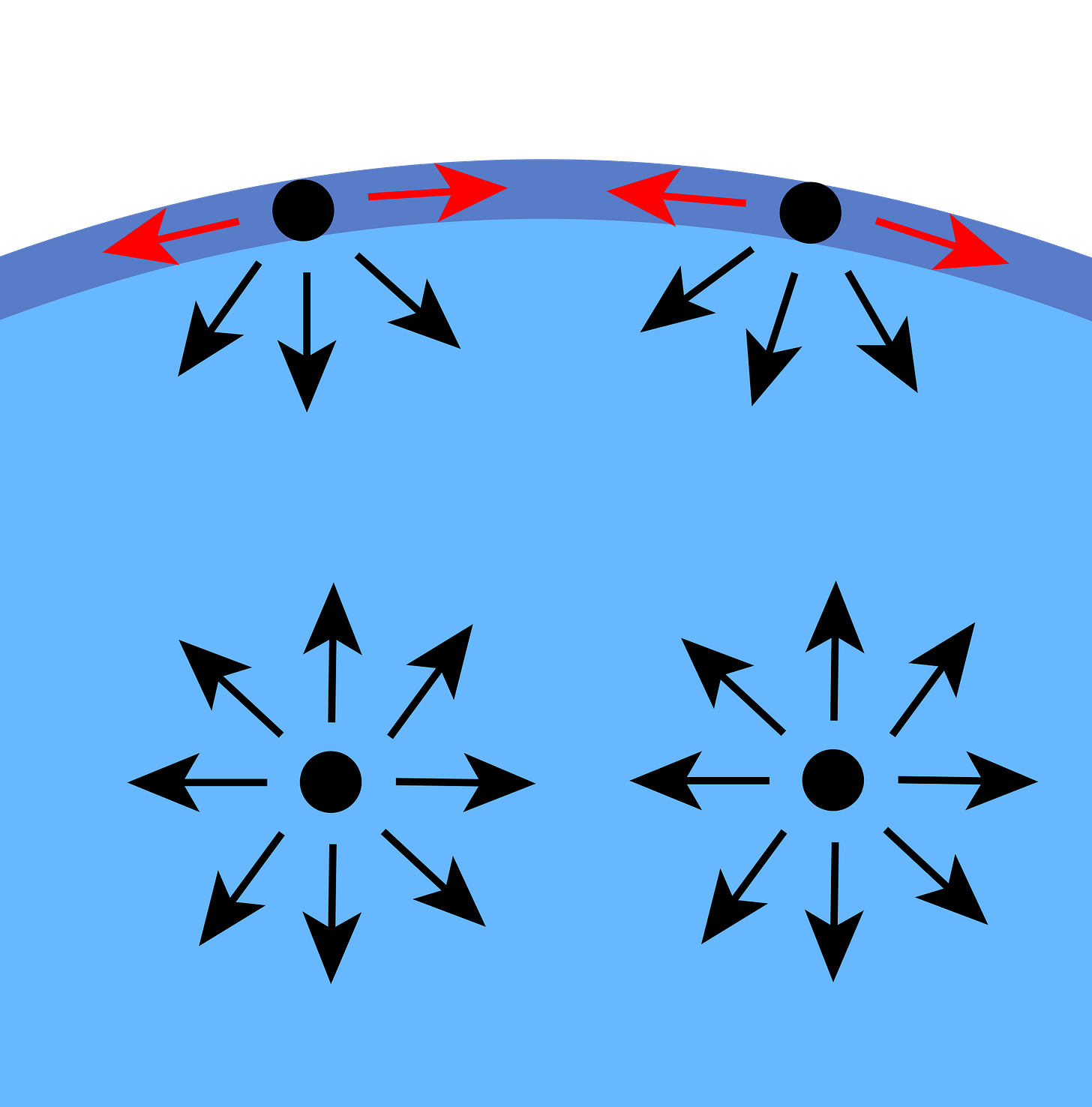
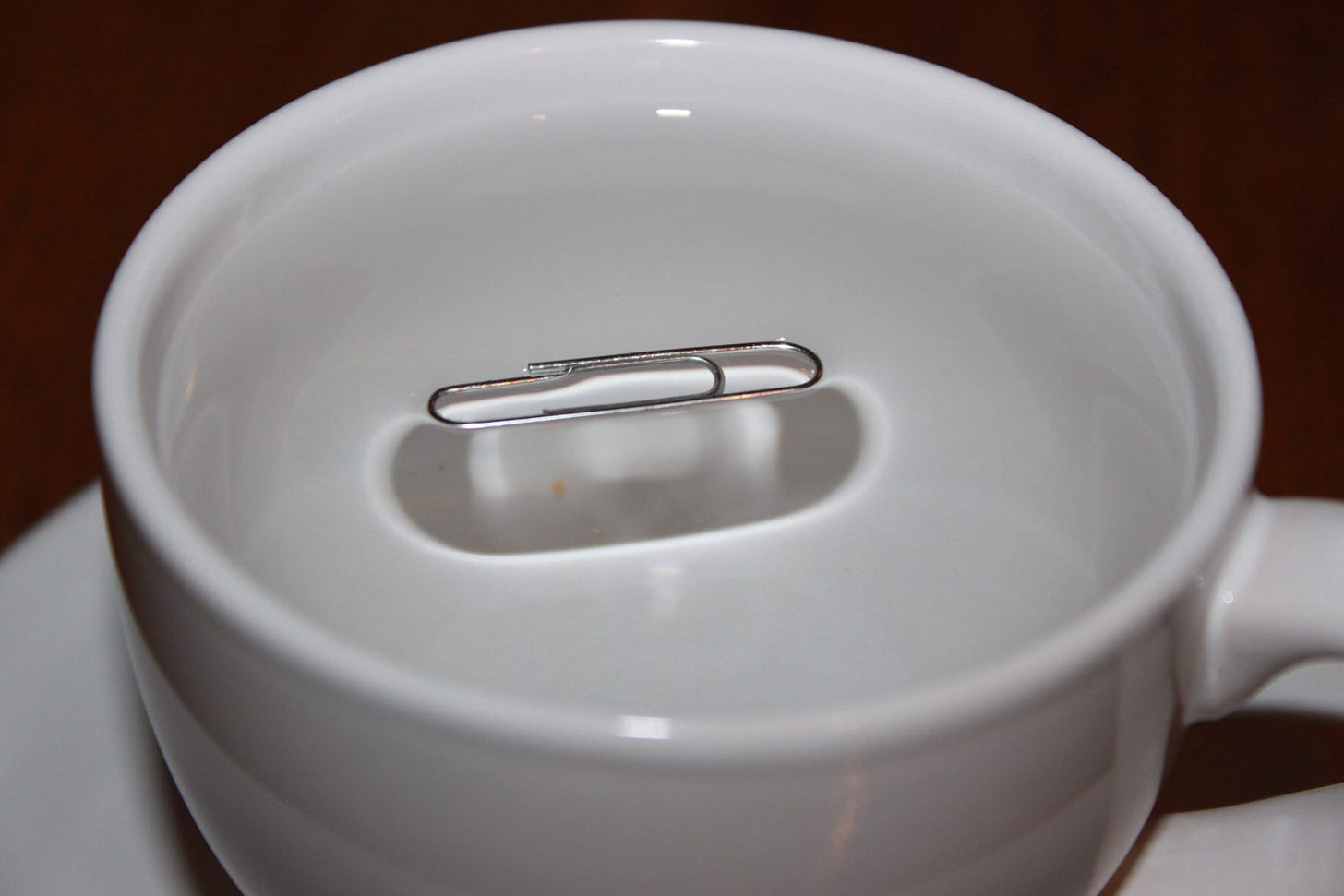

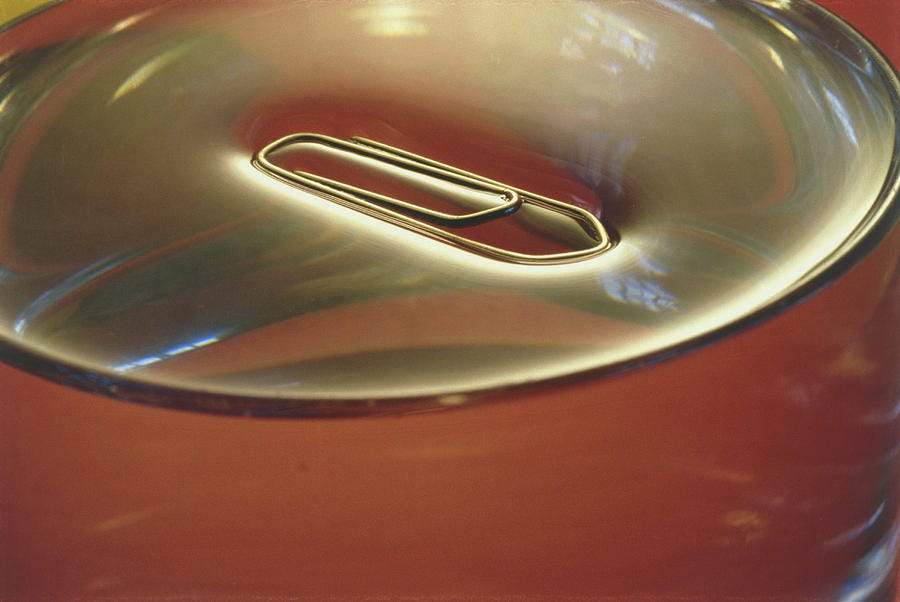
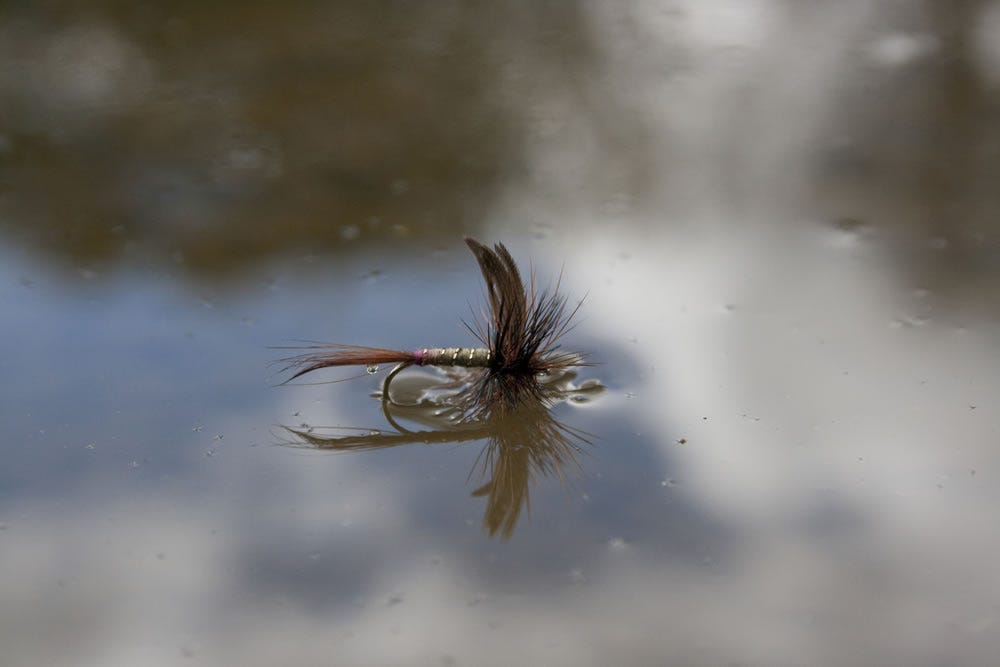

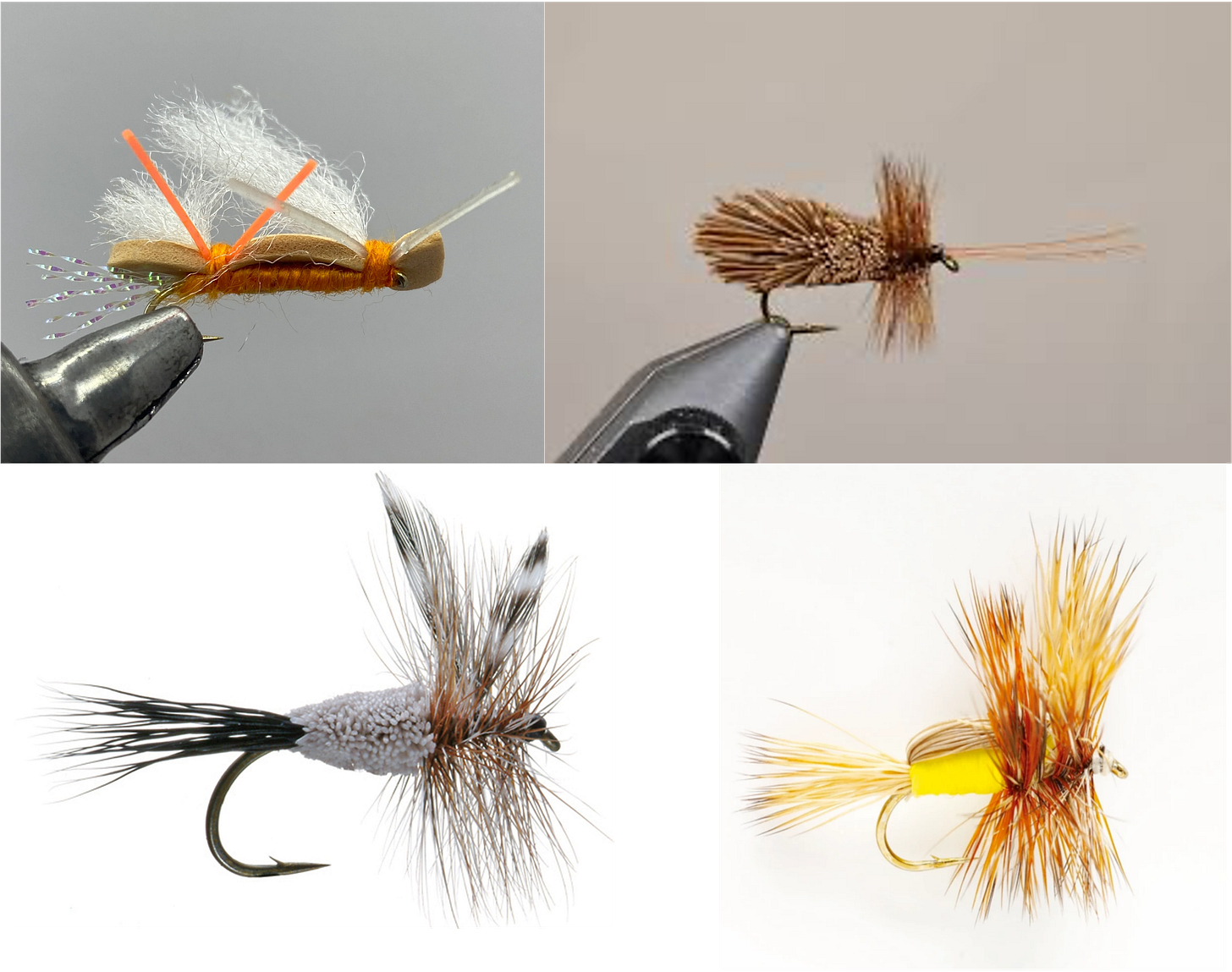

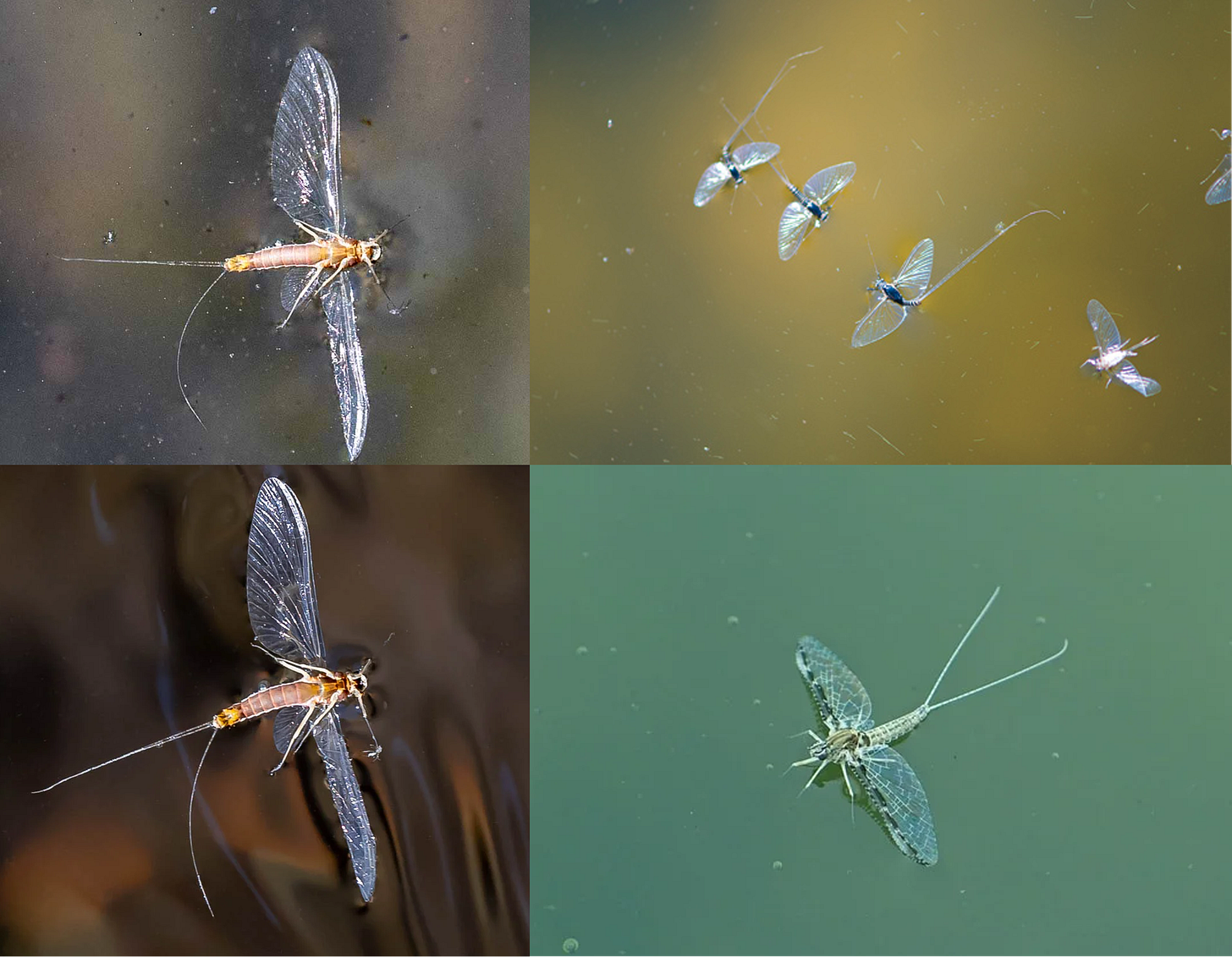




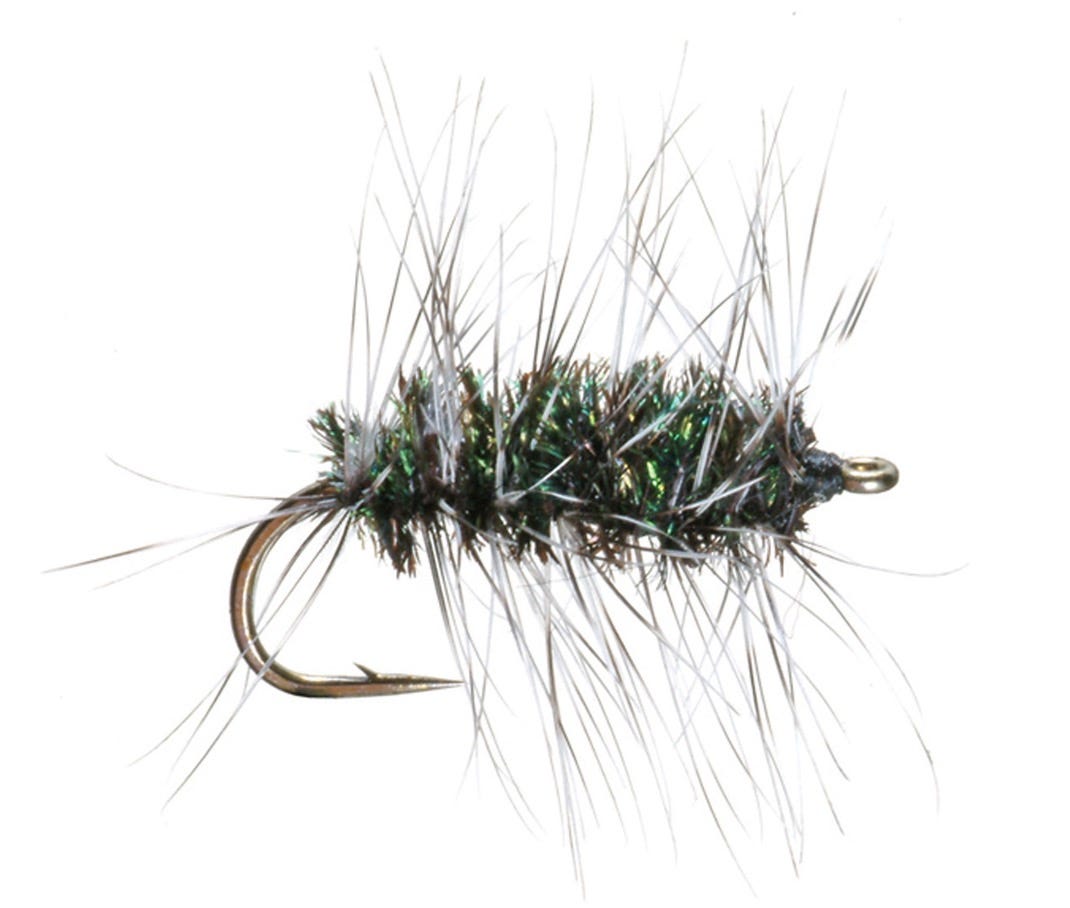






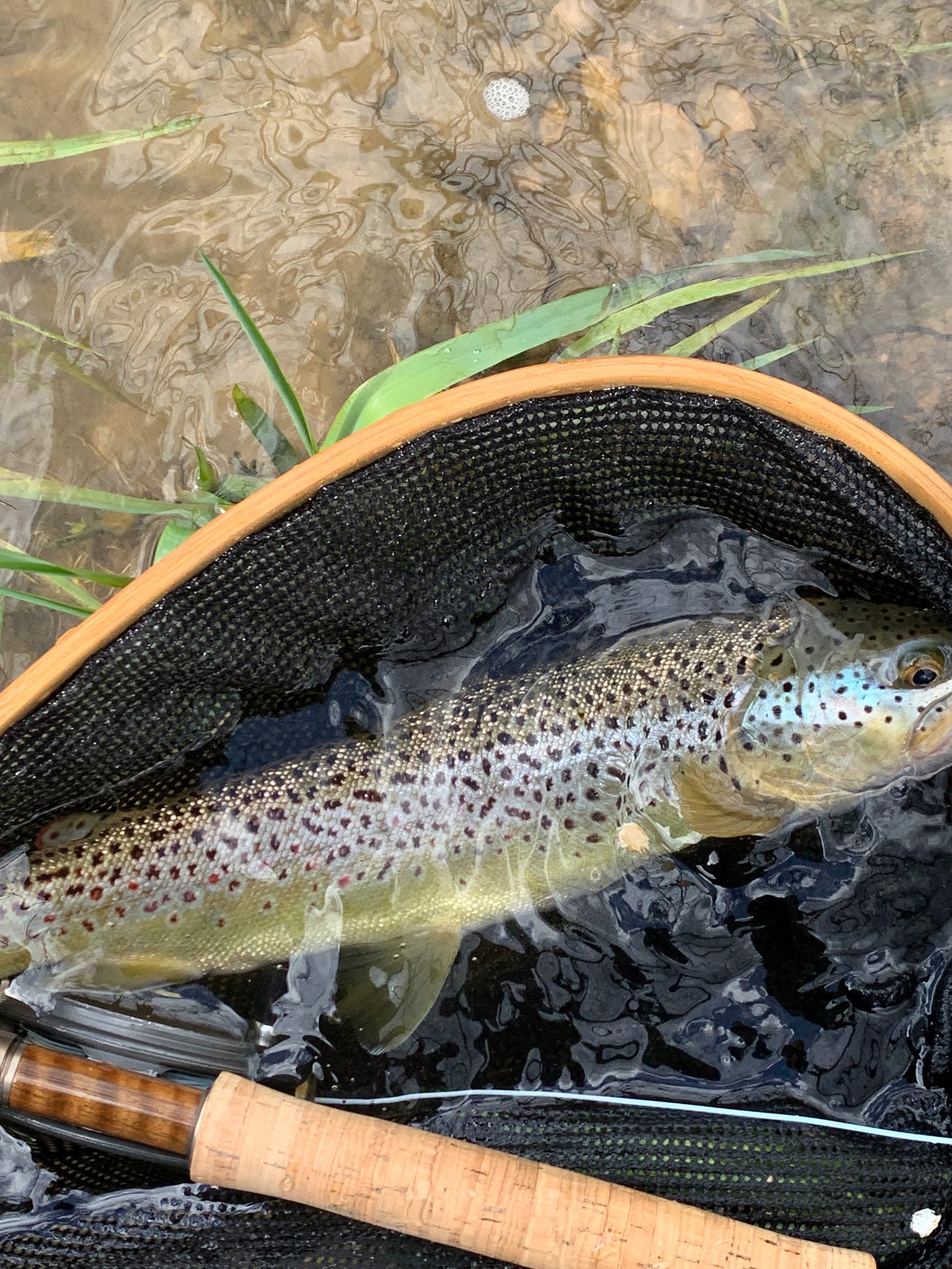
Thanks John. I'm enjoying these posts. They make me want to get our my microscope and observe how alternative hackle materials, such as CDC and Australian possum fur, affect the posture and float characteristics of some of my recent ties.